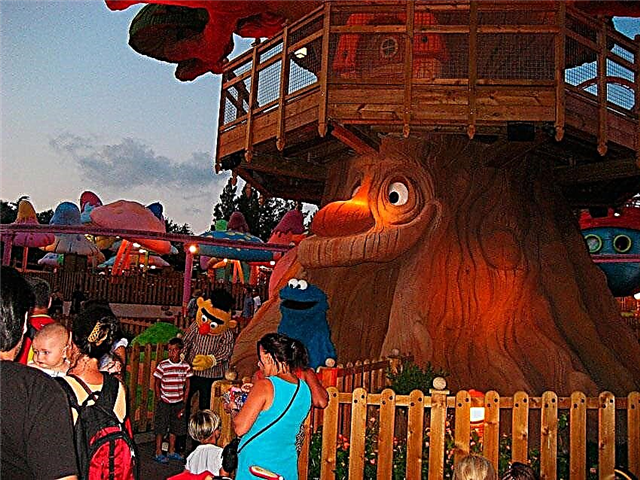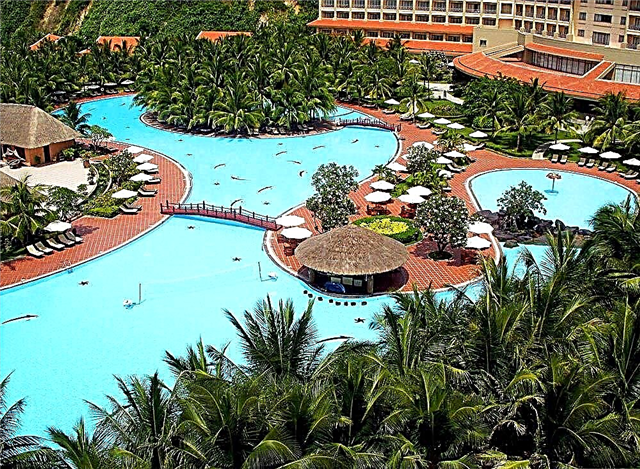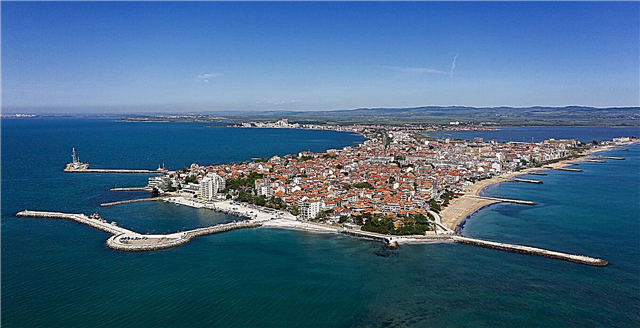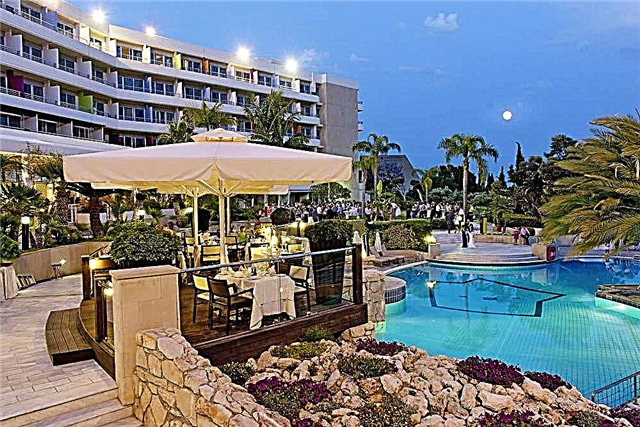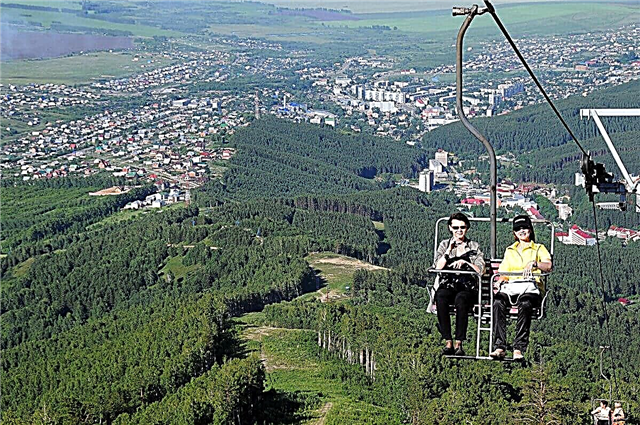The settlement of the Altai Territory, due to its proximity to the Great Steppe, occurred later than the more northern West Siberian lands. The first fortresses appeared here at the beginning of the 18th century. Subsequently, the development of ore reserves began, the construction of factories, in the 19th century - the plowing of the steppe, at the beginning of the 20th century - the railway.
Today, in terms of the number of inhabitants, the Altai Territory ranks 22nd in Russia - 2.4 million people. There are 12 cities in the region. They are all different. There is Barnaul with a developed urban infrastructure, a prosperous resort Belokurikha, Biysk with a preserved historical center, Yarovoye with balneological health resorts, industrial Rubtsovsk, a modest, poor periphery - Zmeinogorsk, Kamen-na-Obi, Gornyak.
The largest cities of the Altai Territory
List of the largest cities in terms of population in the region.
Barnaul
It was founded as a settlement at a silver smelting plant in 1730. Since 1937, it has been declared the administrative center of the Altai Territory. It is located at the mouth of the Barnaulka River. The industrial complex includes 126 medium and large enterprises. More than two dozen historical buildings of the 18th-19th centuries have survived, as well as many interesting monuments - V. Shukshin, Chaplin, Zero kilometer. A famous natural object is a relict tape forest.
Population - 632 thousand inhabitants.

Biysk
Located on the coast of the Biya River. It was founded as a defensive fortress by order of Peter I in 1709. Has the status of a science city since 2005. The research and production complex includes "Spetsavtomatika", "Sibpribormash", "Altayvitamins" and other enterprises. The starting point of the Chuysky tract highway. The city has about 270 cultural, architectural and historical, 50 - archaeological, 11 - natural monuments.
Population - 202 thousand inhabitants.

Rubtsovsk
Located 40 km from the border with Kazakhstan, on the banks of the Alei River. In 1892 it was founded as a village. It got its name in honor of its founder, a retired soldier M. Rubtsov. An important transport hub on the way from Siberia to Central Asia. In Soviet times, it was considered a large industrial center, today most of the enterprises are closed. Notable objects include the Archangel Michael Church of the beginning of the last century, a house under the spire of 1949.
Population - 147 thousand people.

Novoaltaisk
The city was founded in 1736. Until 1962 it was called Chesnokovka. An industrial city and one of the largest railway hubs in the country. The main sights appeared in the 20th century. These include the Mikhailovsky and St. George's churches, the Obelisk of Glory and Sorrow, the Museum of Local Lore. The city plans to restore the wooden Beloyarsk fortress, which was erected in the 18th century, but has not survived to this day.
Population - 73 thousand people.
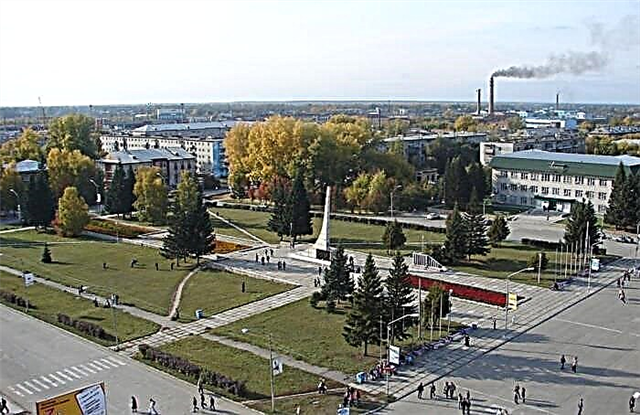
Zarinsk
It was founded in 1979 by combining the Sorokino regional center and the Zarinsky village. Located on the Chumysh River. The city-forming enterprise is Altai-Koks. 70% of the products are exported to other countries. Zarinsk is on the list of single-industry towns at risk of facing a worsening economic situation. Local attractions - the Ascension Church and the Museum of Local Lore in the building of 1910. In the vicinity of the city, there is a cave monastery of the 19th century.
Population - 47 thousand inhabitants.

Stone-on-Obi
The settlement was founded in 1751 and until 1933 it was called Stone. The name is associated with the peculiarities of the landscape - rocks come to the surface. Stands on the rivers Sueva and Ob. There is a railway station and a river port. Historical buildings have survived - the merchant mansions of Khomutov, Zorin, Pudovkin, the Epiphany Church of 1902. A popular excursion to Burlinsky Bor, 35 km from the city, is located on its territory the Aleusky Nature Reserve.
Population - 41 thousand inhabitants.

Slavgorod
Settlement 20 km from the border with Kazakhstan, between lakes Bolshoye Yarovoe and Sikachi. It was founded in 1910. Among the large enterprises there is a dairy plant and a radio equipment plant. The main treasures of the Slavgorod region are salt lakes with healing mud in the middle of the Kulunda steppe. In the city itself, noteworthy is the Church of St. Nicholas the Wonderworker, numerous military obelisks, monuments to historical figures, a monument to a steam locomotive.
Population - 30 thousand people.

Aleisk
Located on the tributary of the Ob - the Alei River. It was founded in the form of a small village at the railway station on the Turksib road under construction in 1913. The status of the city was awarded in 1939. The processing and food industries are well developed. Large enterprises include a meat processing plant, a butter and cheese plant, and Aleiskzernoprodukt. The sights of the city include the local history museum in the building of 1929, war memorials, and wood sculptures.
Population - 28.5 thousand people.

Yarovoe
Located 15 km from the border with Kazakhstan, on the shore of the Big Yarovoye Lake. Traces its history from the foundation of the village of chemists in 1943. Until 1993, it was part of Slavgorod. The city-forming enterprise "Altaykhimprom" is in decline. With the help of private entrepreneurs, beach entertainment complexes are being developed on the coast of the healing Big Yarovoye Lake. The local mud baths and sanatorium "Khimik" are widely known.
Population - 18 thousand people.

Belokurikha
Located on the Belokurikha River. It is famous for its thermal springs and healing mountain air. It dates back to the 1920s, when a small village was founded. Today it is a famous resort of federal significance with a large number of sanatoriums, health resorts, and boarding houses. Alpine skiing is actively developing. There are a number of natural attractions - Mount Tserkovka, Swan Lake, the Four Brothers rock.
Population - 15 thousand people.



